AO Edited
Visconti-Sforza Tarot Cards
Beautifully decorated tarot cards from the Middle Ages.
Accademia Carrara is the flagship art museum in the city of Bergamo. The more than 300 items on display consist mainly of paintings and sculptures, but there is also an outlier: the Visconti-Sforza Tarot Cards.
The original deck of cards is from the mid-15th century, and it was created by a painter by the name of Bembo Bonifacio. However, before the end of the 15th century, three cards had gone missing, and another painter, Antonio Cicognara, decided to re-produce the missing cards. This deck of tarot cards was originally produced for the Sforza family, and it is believed some human figures are actually portraits of several members of this aristocratic family. Subsequently, the Visconti family acquired possession of the deck.
These cards are a valuable testimony of what courtesans used to do to entertain themselves in their palaces, but there is more to it than this. In fact, they also offer a glimpse into what was considered proper or fashionable at the time, and what the dwellings must have been like. At this juncture, it is important to stress that tarot cards were not used in cartomancy and divination until the 18th century, which means that these cards were used for card games—alas, the rules were not recorded.
It is mind-boggling to think these cards were used in games, as it is more appropriate to think of them as miniature works of art. Within the constraints of an 87-millimeter by 176-millimeter canvas, the details are extremely intricate, and the materials used include silver and gold. Upon close inspection, one can appreciate the careful punching work that creates beautiful geometric patterns.
A complete deck of tarot cards has 78 cards: 14 cards for each of the four suits (aka Minor Arcana), and 22 symbolic cards depicting human archetypes (aka Major Arcana). At present, the deck is divided as follows: 26 cards at Accademia Carrara in Bergamo, 35 cards at the Pierpont Morgan Library in New York, and 13 cards are privately owned. Four cards from the deck are missing.



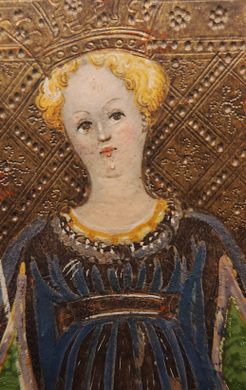
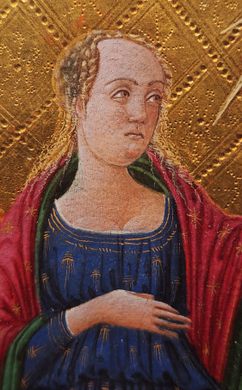

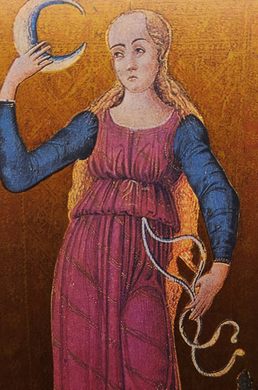
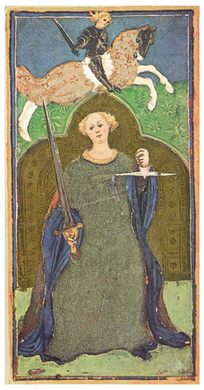
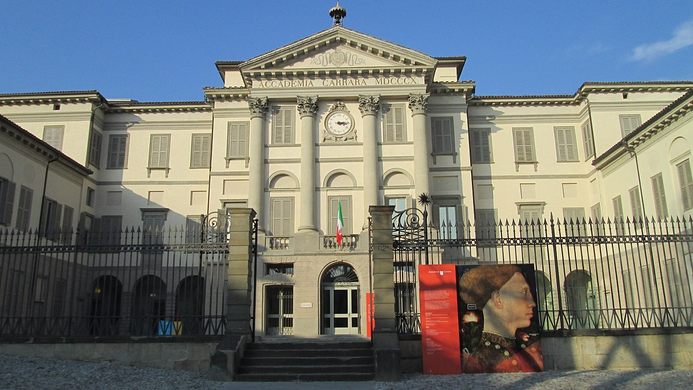








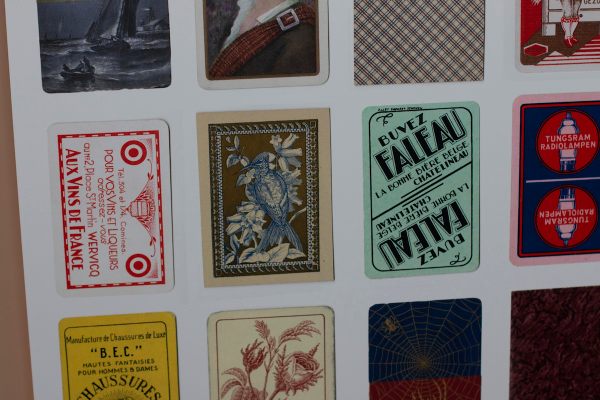

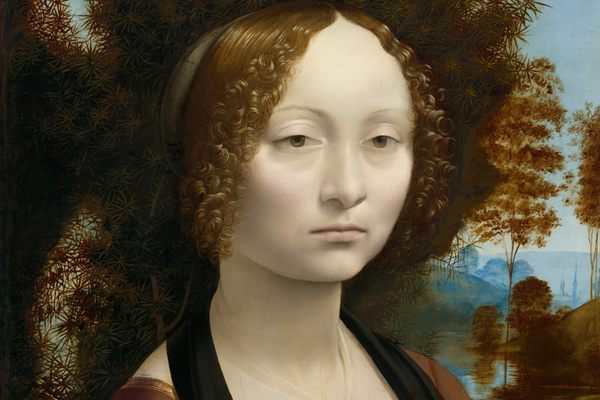
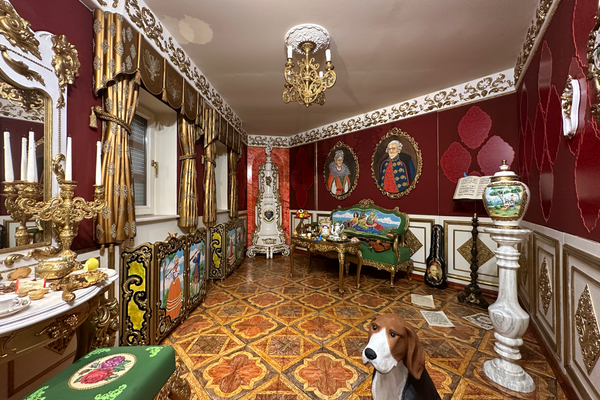

Follow us on Twitter to get the latest on the world's hidden wonders.
Like us on Facebook to get the latest on the world's hidden wonders.
Follow us on Twitter Like us on Facebook